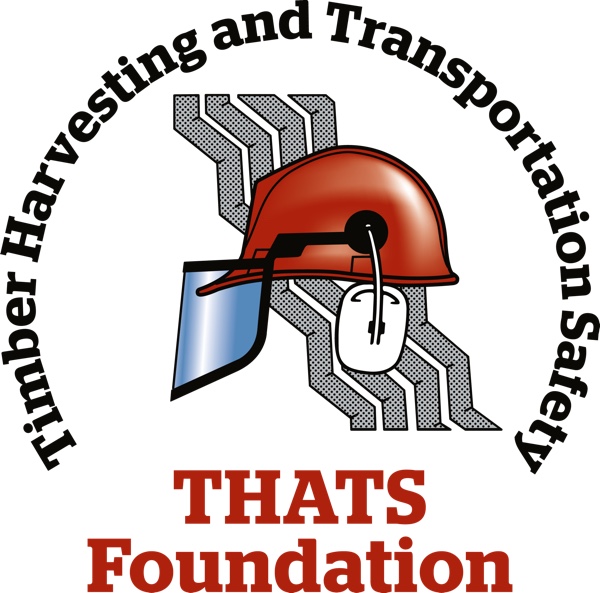Six Step Format
STEP 1: An intensive first-day, on-the-job, general logging safety overview for the new employee, followed by specific job function training (as required by OSHA).
Note: Federal OSHA requires that each logging employee be fully trained in first aid and CPR. Completion of this training should be a condition of continued employment. State-specific requirements for first-aid training may vary.
STEP 2: A weekly series of 20- to 30-minute safety training sessions to be presented during the first 6 to 8 weeks of employment. These one-to-one, on-the-job, participatory safety sessions cover prioritized safety topics and feature discussion and feedback between the new employee and his or her supervisor.
STEP 3: At several unannounced times each month during the first year of employment, the owner or foreman takes a few minutes to observe formally and document the safety performance of the first-year employee, using a safety performance “checklist”. These “safety observation audits” may uncover unsafe acts, conditions or work habits that can be immediately discussed and corrected, as well as positive safety performance that can be reviewed and discussed with the employee at the next monthly safety debriefing (see Step 4).
STEP 4: Safety “debriefings”, scheduled once each month (after STEP 2 is completed) throughout the remainder of the first year, are used to reinforce the new employee’s safety observation audits, review his general safety performance, discuss safety issues as needed and encourage feedback.
STEP 5: The new employee will also participate in all regular monthly crew-wide safety meetings, as required by OSHA logging safety regulations.
Optional STEP 6: Provide the new employee with a specially colored or distinctly marked hard hat and high-visibility vest to serve as a constant reminder to the other workers that he is a high-risk first-year crew member. After a successful 90-day safety “probationary” period, reward the new employee with a “regular” hard hat and vest at a crew-wide safety meeting.
IN SUMMARY: First-year workers (new employees) incur nearly one-half of the reported logging accidents and injuries each year, and thus present a critical safety challenge to the logging contractor. This comprehensive, hands-on safety training program, built around easily obtainable, user-friendly safety training materials, presents a structured format to address this challenge. It is the sincere hope of the FRA Southwide Safety Committee and the Timber Harvesting and Transportation Safety Foundation that a significant number of safety-conscious logging contractors will use this program when they hire new employees, and that fewer injuries will occur to these first-year workers as a result.
Plus
Downloadable Safety Observation Audit Forms (Adobe® Acrobat® Reader required)
for Chain Saw Operation
for Skidder Operation
for Feller-Buncher Operation
